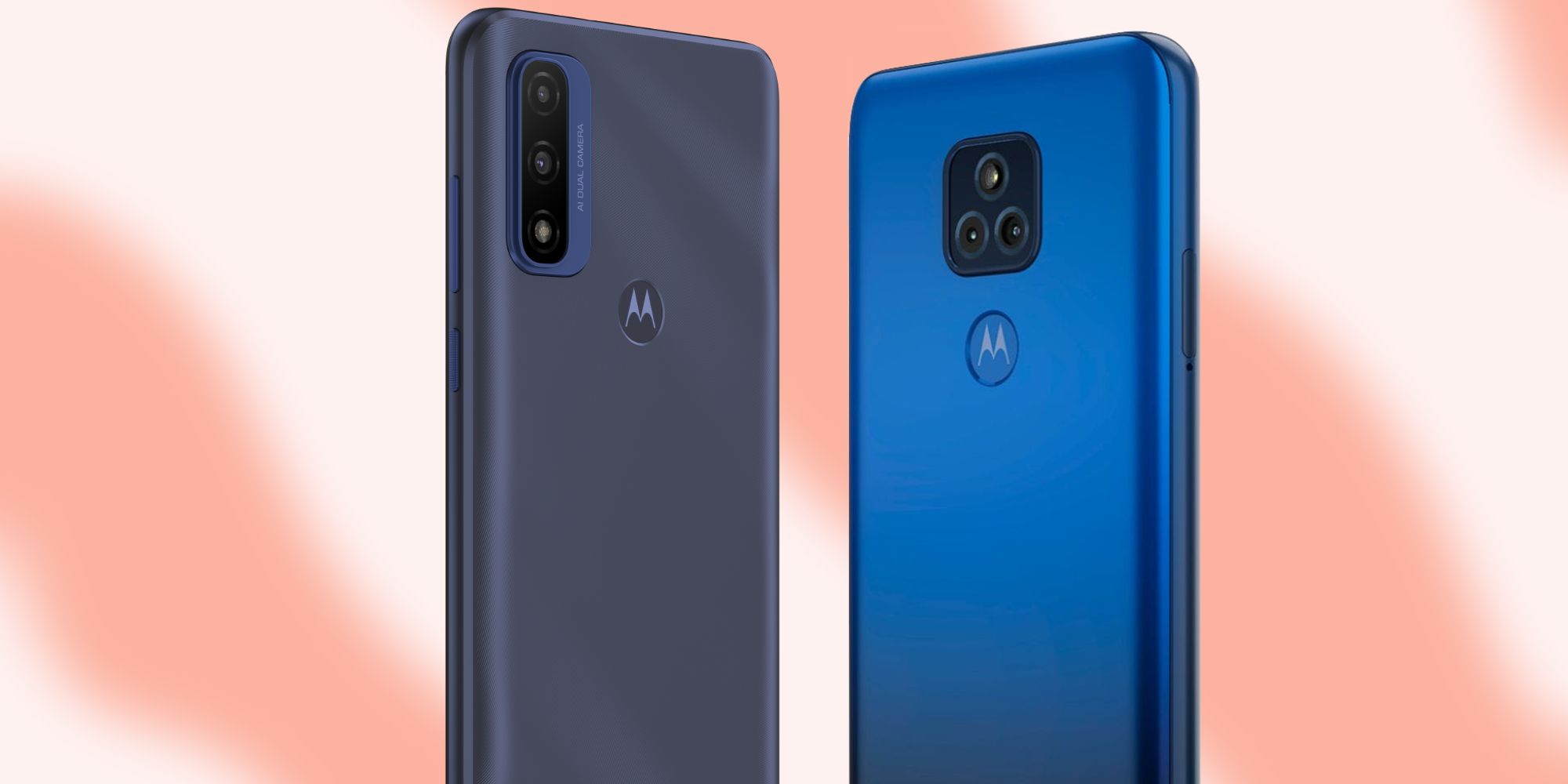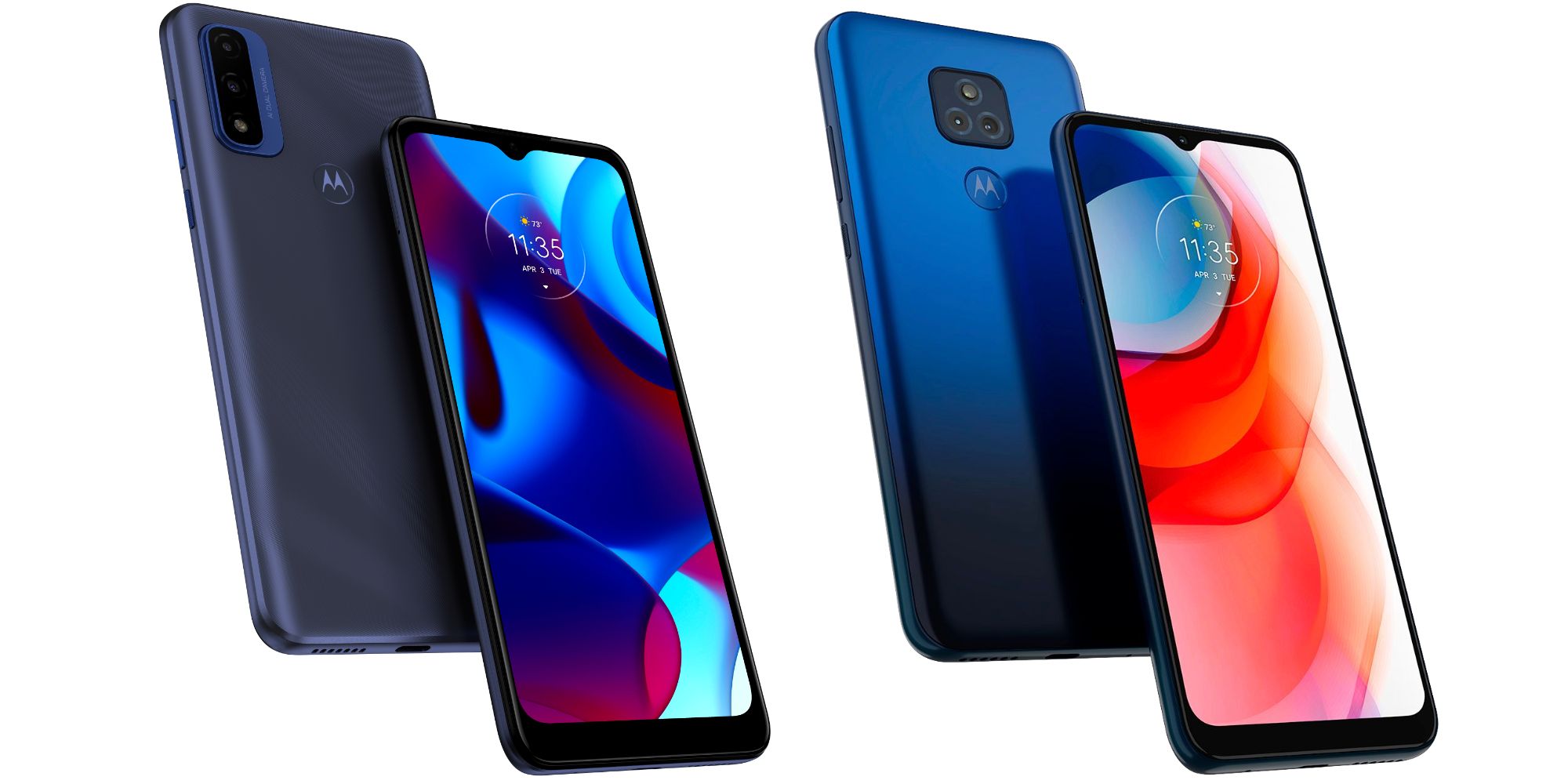Buying a quality Android phone for under $200 is easier said than done, and in 2021, two of the best options are the Motorola Moto G Pure and Moto G Play. While expensive, flagship smartphones tend to receive all of the attention, their affordable counterparts are just as important — if not more so. These budget devices are the phones most people are actually buying. They run all of the necessary apps, take good enough pictures, and are hundreds of dollars less than the latest iPhone or Galaxy S.
In the world of cheap smartphones, Motorola's Moto G-series is the most iconic. The first Moto G from 2013 completely upended expectations for a sub-$200 smartphone. Today, the Moto G lineup marches on with more models and price points than ever before. Bringing up the rear of the current lineup are the Moto G Pure and Moto G Play. These are the cheapest Moto G handsets currently available, retailing for $159 and $169, respectively. If someone's in the market for a dirt-cheap smartphone and can't decide if they should get the Pure or the Play, here's a closer look at what each one brings to the table.
From a design standpoint, the Moto G Pure and Moto G Play are remarkably similar. Outside of differing camera bumps on the back, these are two nearly identical smartphones. They're both made out of plastic, have 6.5-inch displays with small notches, water-repellent protection, USB-C charging, and 3.5mm headphone jacks. It's nothing particularly groundbreaking, but they both get the job done for day-to-day use. Speaking of the display, the panel itself is also the same across the Moto G Pure and Moto G Play. It's an LCD screen with a 1600 x 720 HD+ resolution and 20:9 aspect ratio. The only difference is that the Moto G Play has slightly smaller bezels, offering an 86 percent screen-to-body ratio compared to the 81 percent rating for the Moto G Pure.
Why The Moto G Play Is Better Than The Moto G Pure
More similarities are seen in the camera department. The Moto G Pure and Moto G Play share a 13MP primary camera and a 2MP depth sensor. The G Play has the edge with a larger aperture (f/2.0 compared to f/2.2), but the overall experience should be mostly the same. Both phones also have a 5MP selfie camera, but once again, the G Play has the aperture advantage — touting an f/2.2 rating instead of f/2.4.
Things get a bit more interesting with some of the internal specifications. The Moto G Pure and Moto G Play have identical RAM and storage amounts of 3GB and 32GB, respectively. The processor, however, is a bit different. The Moto G Pure is equipped with the MediaTek Helio G25 chipset, whereas the Moto G Play has a Qualcomm Snapdragon 460. Both are low-end processors, though the Snapdragon 460 has a few key advantages — including better CPU performance, a more capable GPU, and more efficient power consumption. There's also the fact that most developers optimize their apps/games better for Qualcomm chips instead of MediaTek ones. The Moto G Play continues to take the lead with battery life. The 4,000 mAh capacity and two days of promised use for the Moto G Pure is excellent. Unfortunately, it doesn't hold a candle to the 5,000 mAh battery and three days of advertised use for the Moto G Play.
Adding all of this together, the Moto G Play is a better smartphone in almost every category. Whether it's minor camera improvements, a better processor, or a battery that lasts an extra day per charge, it's an experience that's worth paying $10 extra for over the Moto G Pure. The only real advantage of the Moto G Pure is its software. It ships with Android 11 out of the box and is promised an update to Android 12. By comparison, the Moto G Play is still running Android 10 with a planned update to Android 11. If Android 12 is a must-have for someone, the Moto G Pure is certainly worth a look. However, if you're OK sticking with Android 11 for the foreseeable future to get a better overall smartphone, the Moto G Play is still a great purchase.
Source: Motorola


